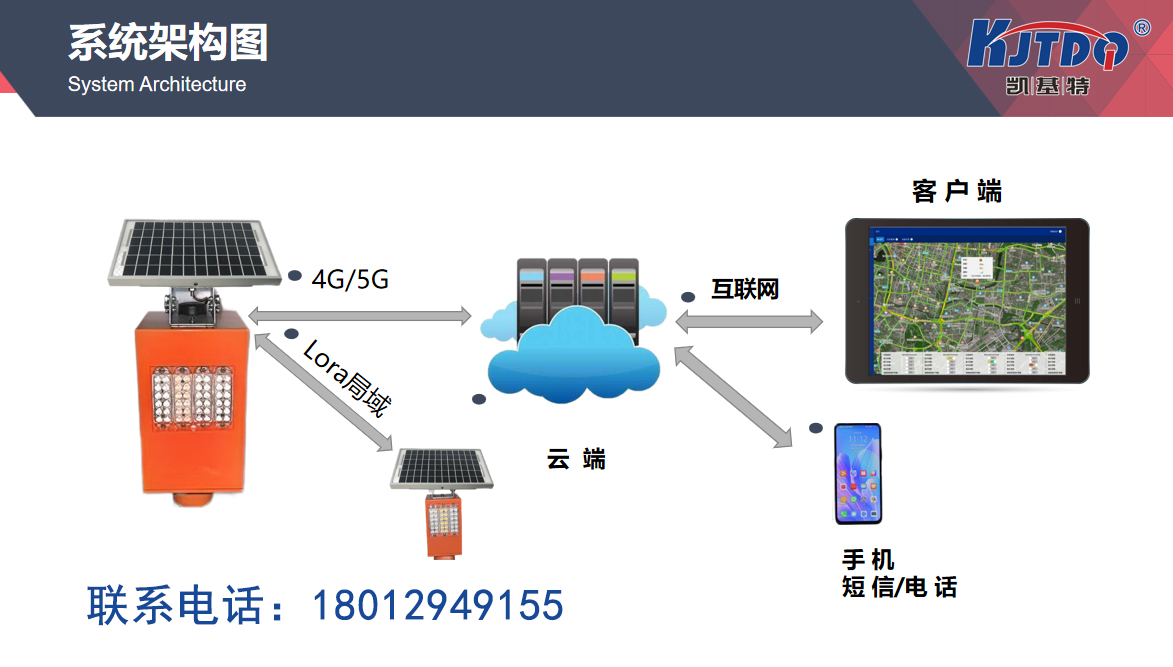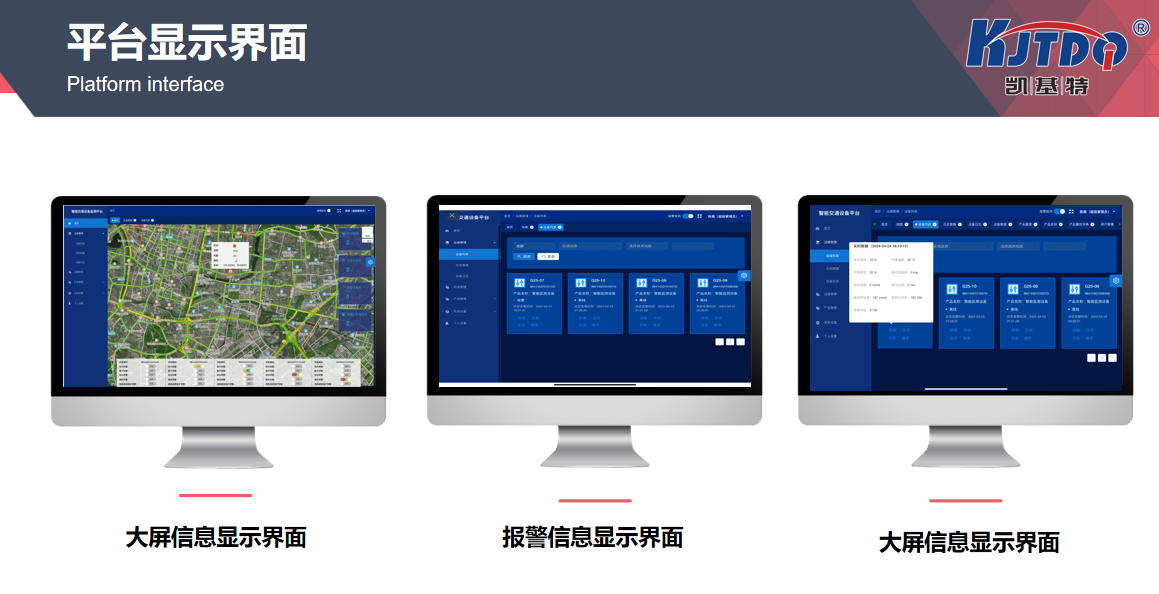The constant flow of vehicles on highways, with fast speeds and large traffic volumes, increases the risk of sudden accidents. Therefore, real-time prevention of highways is particularly important. Real time prevention on highways, as the name suggests, refers to the 24-hour monitoring and management of highway conditions through technological means, in order to promptly identify and address potential safety hazards. This preventive measure can not only effectively reduce the occurrence of traffic accidents, but also improve overall traffic efficiency and ensure the safety of every driver and passenger.

On highways, factors such as weather changes, road conditions, and vehicle driving conditions can all have an impact on driving safety. For example, sudden heavy rain may cause water on the road surface, and low temperatures in winter can cause road icing. If these situations are not prevented and dealt with in a timely manner, they can easily lead to serious traffic accidents. The core of the real-time prevention system for highways is to provide early warning of potential hazards through intelligent monitoring and analysis, in order to provide drivers with timely response suggestions, and even automatically take emergency measures when necessary, such as speed limits or closing certain dangerous sections.
With the advancement of technology, modern real-time prevention systems for highways have been developed quite well. These systems are typically equipped with advanced sensors, cameras, weather stations, and data analysis platforms that can collect and process large amounts of road information in real-time. Through comprehensive analysis of these data, the system can predict the risk level of a specific road section and issue corresponding alerts based on the situation. For example, when the system detects a sudden drop in temperature and an increase in humidity on a certain highway section, it will infer that the section may be experiencing icing and issue a warning to remind the driver to slow down or take other routes.
In addition, real-time prevention on highways also involves monitoring and managing traffic flow. By monitoring the speed and density of vehicles, the system can intelligently adjust the duration of traffic signals, optimize vehicle traffic efficiency, and effectively alleviate traffic congestion. This real-time prevention is not only about responding to sudden accidents, but also includes fine management of overall traffic flow, ensuring that highways are always in a safe and smooth state.
With these real-time preventive measures, drivers have an extra sense of peace of mind when driving on highways. When encountering severe weather or complex road conditions, the system will provide driving advice in a timely manner, and even directly take over the vehicle in emergency situations to avoid accidents. This not only protects the safety of drivers themselves, but also reduces the negative impact of traffic accidents on society, saving a lot of economic costs.
However, real-time prevention systems for highways are not omnipotent, and they also need to be combined with drivers' safety awareness. No matter how perfect the prevention system is, it cannot replace the driver's own judgment and sense of responsibility. Drivers should always remain highly vigilant, comply with traffic rules, and ensure that their driving behavior does not increase the burden on the system. Only in this way can the maximum effect of real-time prevention on highways be truly realized.
In the future, with the further development of intelligent transportation technology, real-time prevention of highways will become more intelligent and automated. For example, future systems may be able to predict potential traffic accidents more accurately through big data analysis and artificial intelligence algorithms, and take measures in advance. In addition, the advancement of autonomous driving technology will further reduce the impact of human factors on traffic safety, making real-time prevention systems on highways more complete and efficient.

Overall, real-time prevention on highways is a key means of ensuring driving safety. It can effectively prevent accidents and improve traffic efficiency through real-time monitoring and analysis of road conditions and traffic flow. Although it cannot completely replace the driver's judgment at present, with the development of technology, we can expect a safer and more intelligent highway environment in the future. Enabling technology to safeguard our travels is a blessing for every modern person.
1. Can the real-time prevention system for highways be compatible with other intelligent transportation systems?
The real-time prevention system for highways is usually designed as a modular system that can seamlessly integrate with other intelligent transportation systems. For example, it can be linked with traffic signal control system, vehicle auto drive system, intelligent parking management system, etc. Through this integration, real-time prevention systems can have a more comprehensive understanding of traffic conditions, thereby making more accurate warnings and decisions. This compatibility not only improves the overall efficiency of the system, but also reduces the potential waste of resources and information silos that may occur when each system operates independently, further enhancing the intelligence level of road traffic.
2. How does the real-time prevention system perform under adverse weather conditions?
Under adverse weather conditions, real-time prevention systems are particularly critical. The sensors, cameras, and weather stations in the system will monitor weather changes in real time, such as heavy rain, dense fog, blizzards, etc., and quickly adjust warning strategies. For example, on rainy days, the system will prompt drivers to reduce their speed based on real-time rainfall data and provide early warning of possible road surface water issues. In snowy weather, the system will monitor changes in road surface temperature to determine if there will be icing and alert the driver or automatically adjust the speed limit. Although adverse weather conditions may increase the complexity of system operation, the original intention of designing these systems is to cope with such high-risk situations and maximize driving safety.
3. How do drivers cooperate with the real-time prevention system?
The effective operation of real-time prevention system relies on the cooperation of the driver. Although the system can monitor road conditions in real time and issue warnings, drivers still need to maintain sufficient vigilance and sense of responsibility, constantly paying attention to road conditions and system prompts. When receiving warning information from the system, drivers should adjust their driving behavior in a timely manner, such as slowing down, changing lanes, or choosing a detour route based on suggestions. In addition, drivers should regularly inspect the vehicle to ensure that its various safety systems are in good condition, so that they can respond quickly and effectively to system warnings. Ultimately, the close collaboration between drivers and real-time prevention systems is necessary to truly maximize the effectiveness of traffic safety management.